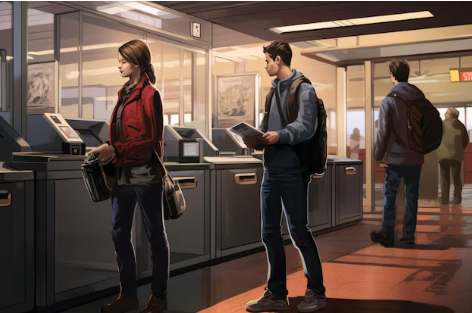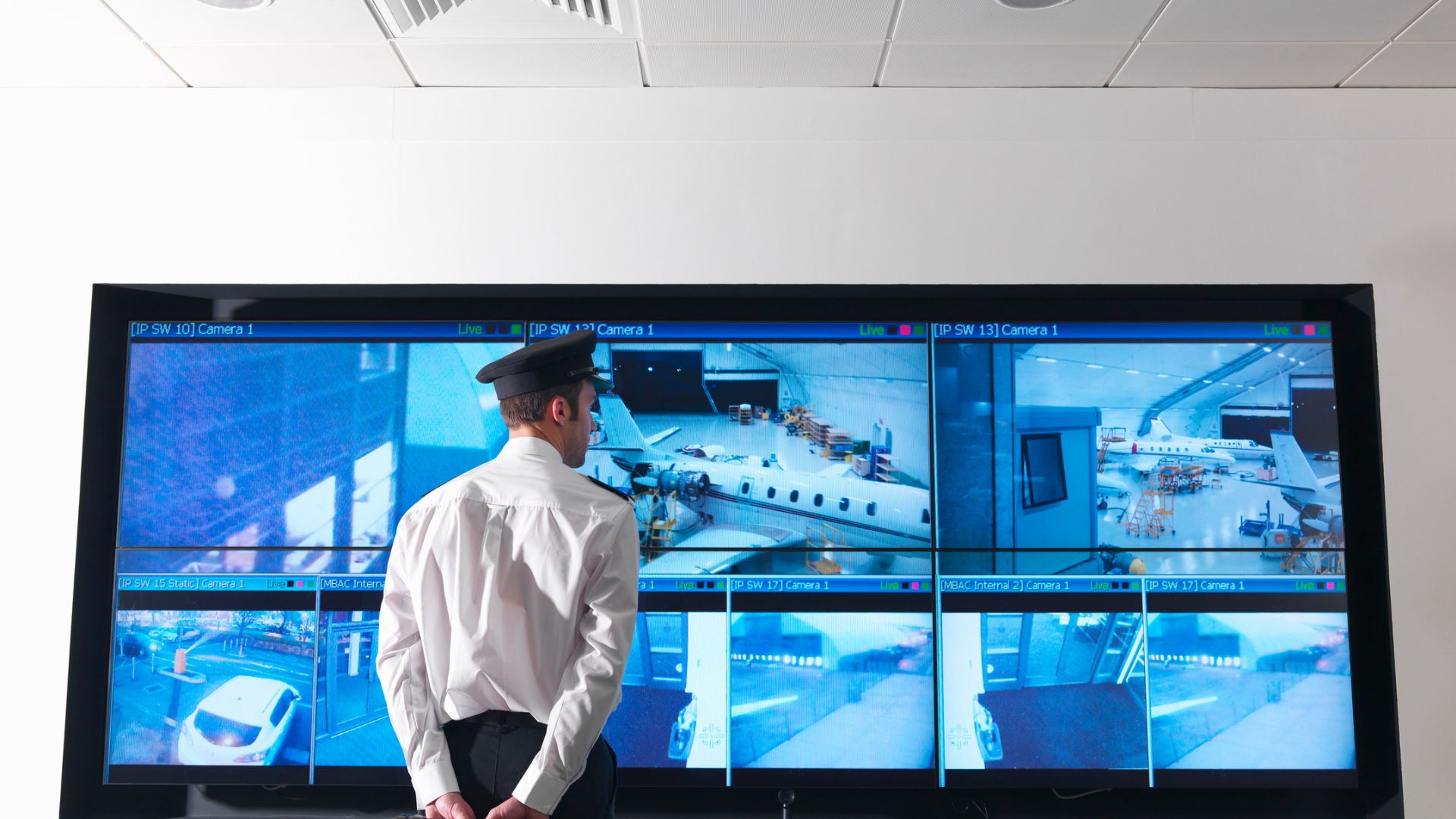Cameras have become a vital component in the operation of modern airports, playing a crucial role in maintaining security, ensuring passenger safety, and improving operational efficiency. From surveillance to facial recognition and traffic management, the applications of cameras in airports are diverse and impactful. This article explores the various uses of cameras in airports and their significance in different fields.
Enhancing Airport Security

Surveillance and Monitoring
One of the primary uses of cameras in airports is for surveillance and monitoring. High-definition CCTV cameras are strategically placed throughout terminals, baggage areas, and other critical zones to monitor activities in real time. These cameras help security personnel detect and respond to potential threats, suspicious behavior, and unauthorized access.
REALITY OF SPACE EXPOSED BY CAMERAS
The Heathrow Airport in London, for instance, is equipped with thousands of surveillance cameras that help monitor over 80 million passengers annually, ensuring a secure environment for both travelers and staff (AS2 Electronics).
Related Video: How Airport Security Cameras Work
Facial Recognition Technology
Cameras integrated with facial recognition technology are becoming increasingly common in airports. These systems capture and analyze facial features to identify individuals in real time, enhancing security by quickly detecting known threats and streamlining the boarding process.
The Dubai International Airport has implemented a state-of-the-art facial recognition system that uses cameras to identify passengers, reducing the need for manual identity checks and speeding up the boarding process (AS2 Electronics).
Related Video: Facial Recognition in Airports
Improving Operational Efficiency

Baggage Handling and Tracking
Cameras are also used in baggage handling and tracking systems to ensure that luggage is processed efficiently and reaches the correct destination. By monitoring conveyor belts and sorting areas, these cameras help identify and resolve issues such as misplaced or damaged luggage.
The Hong Kong International Airport employs advanced camera systems to monitor baggage handling operations, reducing mishandling incidents and improving overall efficiency (AS2 Electronics).
Related Video: Baggage Handling Systems Explained
Traffic Management
Cameras play a critical role in managing traffic flow within airport premises, including parking areas, drop-off zones, and taxi lanes. These cameras help monitor vehicle movement, detect congestion, and guide traffic controllers in managing the flow of vehicles, ensuring smooth operations.
At Los Angeles International Airport (LAX), traffic cameras are used to monitor and manage the flow of vehicles, particularly during peak travel times, reducing congestion and improving the overall passenger experience (AS2 Electronics).
Related Video: Traffic Management in Airports
Enhancing Passenger ExperienceAutomated Check-In and Boarding
Cameras are increasingly being used in automated check-in and boarding systems, allowing passengers to check in and board their flights without human intervention. These systems use cameras to verify identities, scan boarding passes, and even monitor the flow of passengers, reducing wait times and enhancing the overall travel experience.
The Changi Airport in Singapore is known for its innovative use of cameras in self-service kiosks and automated boarding gates, making the process more efficient and user-friendly (AS2 Electronics).
Related Video: Automated Check-In Systems
Enhancing Passenger Safety
In addition to security, cameras are also used to enhance passenger safety in airports. They monitor public areas for any safety hazards, such as spills or unattended items, and alert staff to take immediate action. These cameras also play a role in emergency response by providing real-time visuals to emergency teams.
Related Video: How Airports Ensure Passenger Safety
Future Trends: AI and Machine Learning

Predictive Analytics and AI
The future of camera technology in airports is likely to be driven by AI and machine learning. These technologies can analyze vast amounts of data captured by cameras to predict potential security threats, optimize traffic flow, and enhance overall operational efficiency. Cameras equipped with AI capabilities can learn from past incidents and improve their accuracy over time, offering a more proactive approach to airport management.
Related Video: The Future of AI in Airports
Conclusion
Cameras have become an indispensable tool in the operation of modern airports, offering a wide range of benefits from enhanced security and efficiency to improved passenger experience. As technology continues to evolve, the use of cameras in airports will likely expand, incorporating advanced features such as AI and machine learning to further improve safety and operational efficiency.
Related Links:
Stay updated on the latest developments in airport camera technology to appreciate their impact on security and efficiency in modern air travel.
